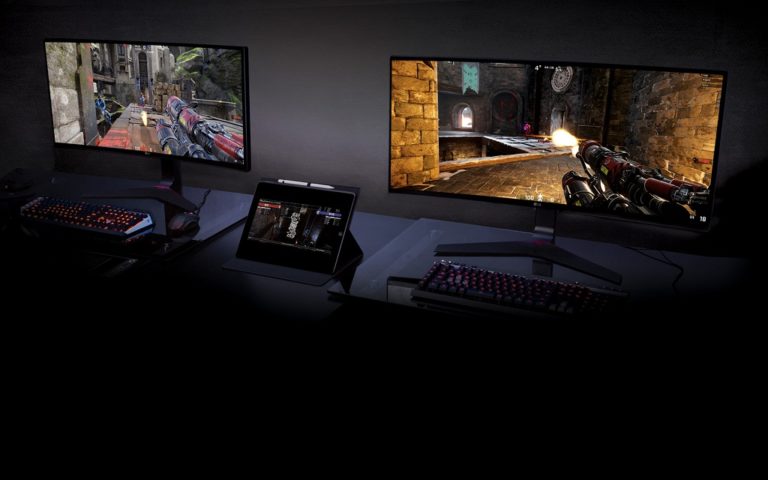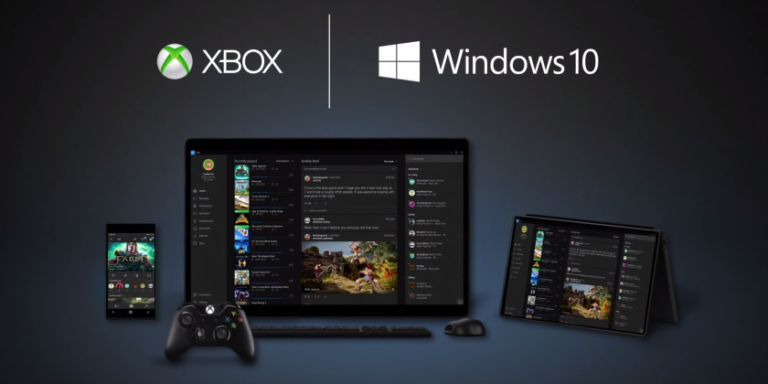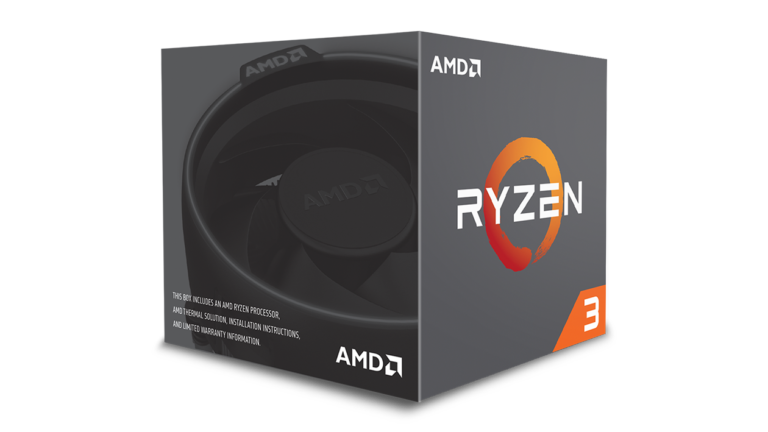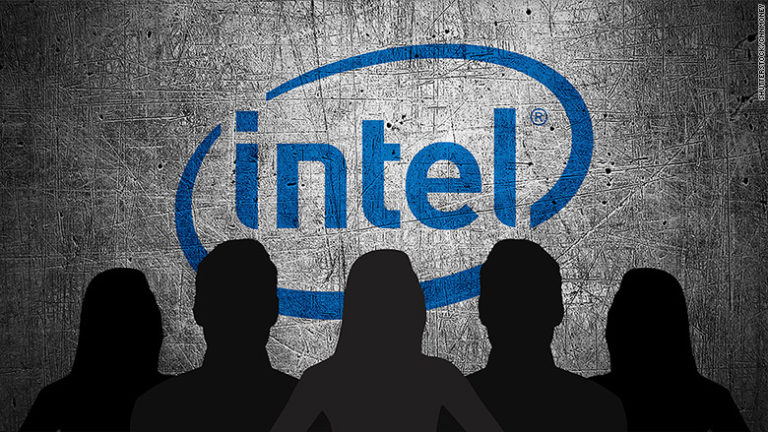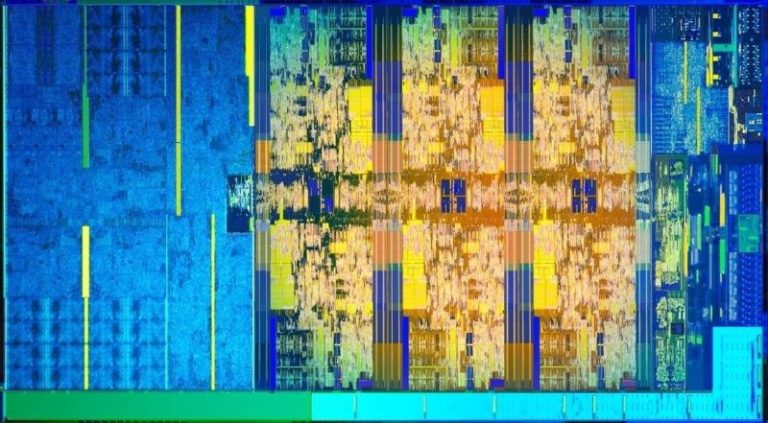AMD’s Vega Frontier Edition apparently runs without Tile-based Rasterizer

The hardware-focused PCPer.com is the first US-based publication to receive the Radeon Vega Frontier Edition. The site benchmarked AMD’s new professional graphics card which offered Nvidia’s GTX 1080 level of performance. As it appears, among other things, Vega FE has Tile-based Rasterizer (TBR) disabled with the current drivers.
The binning test is used to check how rasterizer processes triangles – usually in the form of tiles – and thus the possibility to recognize non-visible image sections. What Tile-based Rasterizer should be doing is to cycle a small portion of the triangle (a tile) through all the colors, then move to another tile on the triangle and render all colors, then another one until the entire triangle is rendered.
Maxwell handles rasterization as such, that is, rendering all colors in a tile before moving on to the next tile. This leads to an increase in performance and efficiency as there is very little power/time wasted on over-drawing triangles. This video from David Kanter explains it thoroughly.
In case of Vega Frontier Edition however, as each new color is applied, the entire triangle is rendered with that color before the next color is applied. It’s not clear why Tile-based Rasterization is disabled on Vega FE.
READ ALSO: Gaming Mode on AMD’s Vega Frontier Edition Explained
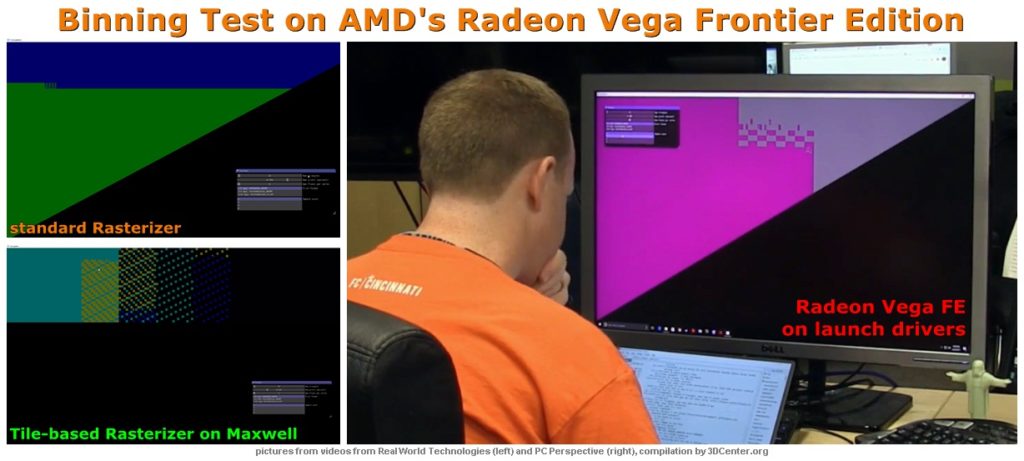
AMD itself indicates that a TBR runs under Draw Stream Binning Rasterizer, although Tile Based Deferred Rasterization (TBDR) can be used as a fallback in the Immediate mode. It’s all up to drivers to make a decision.
So it is possible that the drivers decided, for whatever reason, to do the immediate mode rasterization in the test where all triangles are rasterized in sequence. Hopefully, the Tile-based Rasterization is eventually enabled in a new driver which could help boost performance.
The Vega Frontier Edition features 4096 stream processors clocked at 1382MHz base and 1600MHz boost speeds delivering 13 TFLOPs of FP32 compute performance. The card has 16GB of HBM2 VRAM and a total bandwidth of 483 GB/s. The TDP is rated at 300W.
The Head of Radeon Technologies Group, Raja Koduri, has already said that the consumer RX Vega will be faster than the Frontier Edition. The gaming-focused version will likely feature higher clock speeds and fully optimized gaming drivers, with additional goodies.

